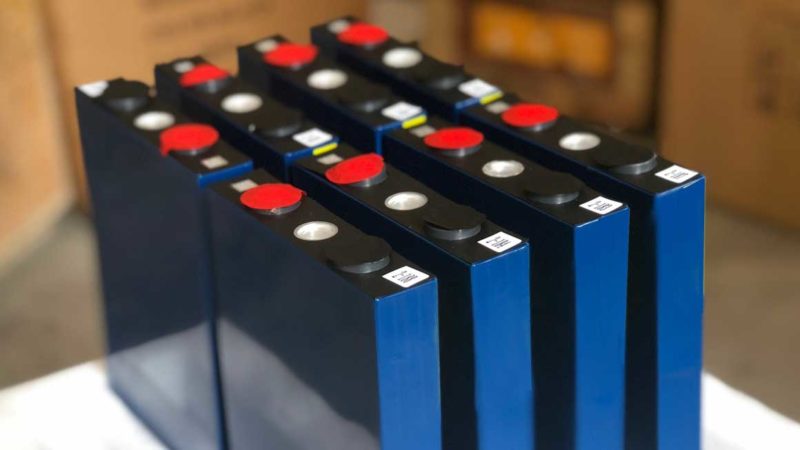A report published last week by The New York Times has alleged “potentially coercive labour practices” in China’s EV battery supply chain, as a new US law that restricts imports of materials made in the region comes into force.
According to the article – “Red Flags for Forced Labor Found in China’s Car Battery Supply Chain” – Chinese mining conglomerate Xinjiang Nonferrous Metal Industry Group is reported to have employed hundreds of Uyghurs, an ethnic minority in China, who had been part of a so-called “work transfer” program.
Xinjiang Nonferrous is one of a number of Chinese companies assuming a larger role in the electric vehicle (EV) battery supply chain.
China is already responsible for producing three-quarters of the world’s lithium-ion batteries, as well as processing almost all the metals needed to make them, and is looking to also expand its mining activities to compete against operations in Argentina, Australia, and the Democratic Republic of Congo.
One of the issues cited in the NYT article is a photograph on Xinjiang Nonferrous’ social media account back in March 2020 which showed 70 ethnic Uyghur workers standing at attention under the flags of the People’s Republic of China. The caption said the recruits would soon undergo training in management, etiquette, and “loving the party and the country”.
The NYT report goes into further detail of forced labour conditions and inhumane conditions the Uyghurs are being forced to endure.
Human rights groups and US officials have been concerned about forced labour in China’s western Xinjiang region where, according to the NYT, “the Communist authorities have detained or imprisoned more than 1 million Uyghurs, ethnic Kazakhs, and members of other largely Muslim minorities.”
China has described the accusation of forced labour in Xinjiang as “the lie of the century” – although it has acknowledged what it describes as a work transfer program that moves Uyghurs and other ethnic minorities from the region’s more rural south to jobs in its more industrialised north.
According to the NYT, “Xinjiang Nonferrous and its subsidiaries have partnered with the Chinese authorities to take in hundreds of such workers in recent years, according to articles displayed proudly in Chinese on the company’s social media account.”
The New York Times is by no means the first to allege mistreatment of the Uyghurs, a Turkic ethnic group native to Xinjiang, most of whom identify as Muslims. Since 2014 the Uyghurs have been the subject of intense controls by the Chinese government who have sought to restrict their religious, cultural, economic, and social lives.
The Council on Foreign Relations reported in early 2021 that the “Chinese government has imprisoned more than one million people since 2017 and subjected those not detained to intense surveillance, religious restrictions, forced labor, and forced sterilizations.”
Similarly, a 2020 report by the Australian Strategic Policy Institute concluded that the Chinese government “has facilitated the mass transfer of Uyghur and other ethnic minority citizens from the far west region of Xinjiang to factories across the country.”
It said that “under conditions that strongly suggest forced labour,” Uyghurs are working in factories that are in the supply chains of at least 82 well-known global brands in the technology, clothing and automotive sectors, including Apple, BMW, Gap, Huawei, Nike, Samsung, Sony, and Volkswagen.
The implications for the clean energy industry – beyond the simple recognition of human rights – include the Uyghur Forced Labor Prevention Act which went into effect in the United States on Tuesday and that will bar products made in Xinjiang or which have ties to the work programs there.
If other countries follow in the footsteps of the United States and impose similar controls on products and materials originating in Xinjiang, it will force the accelerated development of domestic supply chains to reduce reliance on China.
Joshua S. Hill is a Melbourne-based journalist who has been writing about climate change, clean technology, and electric vehicles for over 15 years. He has been reporting on electric vehicles and clean technologies for Renew Economy and The Driven since 2012. His preferred mode of transport is his feet.

